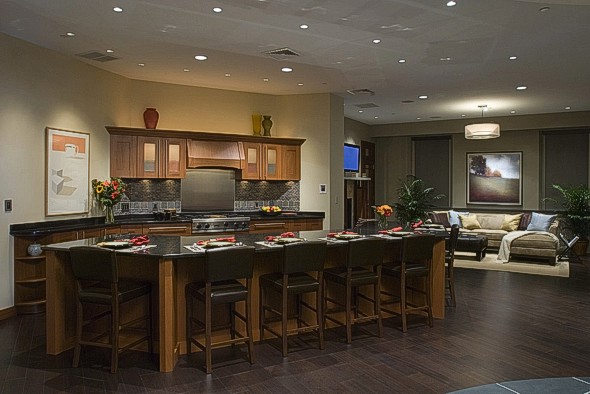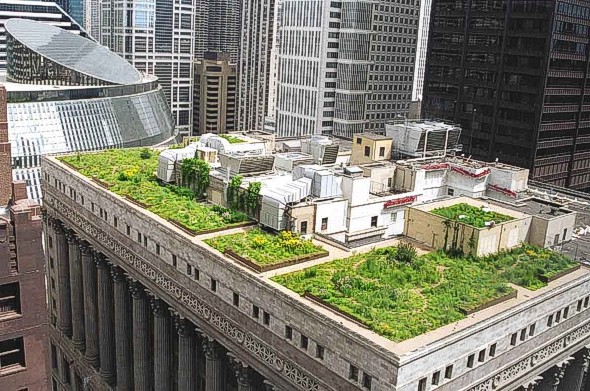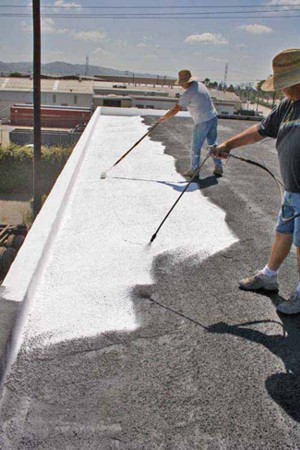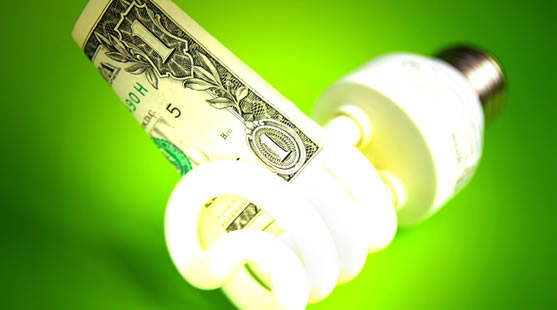Free Online Home Energy Audit Calculators Helping Do-It-Yourselfers Reduce Utilities
 April 28, 2011
April 28, 2011  Kyriaki (Sandy) Venetis
Kyriaki (Sandy) Venetis 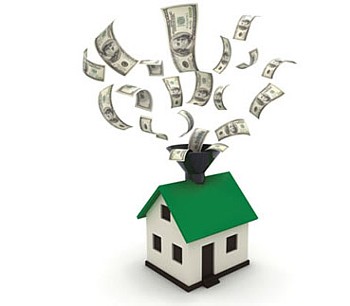 Image courtesy of Missouri Gas Energy.
Image courtesy of Missouri Gas Energy.
With the tight economy over the last few years, there has been a growing trend toward do-it-yourself home energy audits, with the help of online calculator websites that are often free to use.
The great thing about the do-it yourself approach is that besides the fact that it’s often completely free, it gives you a lot of cost-saving information.
Home energy calculators range from the very complicated, where you feel like you need to be a professional to understand them, to the very user-friendly with large print, simple language, and lots of drop down menus.
These calculator websites also often contain a lot of free articles and blog posts that are very useful. Two of the best and most user-friendly are the U.S. Department of Energy’s Home Energy Saver calculator and Microsoft’s Hohm calculator.
The Home Energy Saver calculator has a lot of drop down menus and after completing the survey, recommends energy saving strategies and upgrades that are appropriate for a home, depending on its structure, the local climate, and local energy prices.
The Home Energy Saver calculator starts off by asking the user to enter their zip code to receive instant energy cost estimates for both typical and efficient homes in the area.
 compact florescent bulbs,
compact florescent bulbs,  do-it-yourself home energy audits,
do-it-yourself home energy audits,  external insulating sheathing,
external insulating sheathing,  heating and cooling systems,
heating and cooling systems,  home energy audit calculators,
home energy audit calculators,  programmable thermostats | in
programmable thermostats | in  energy costs,
energy costs,  heating and cooling systems,
heating and cooling systems,  home energy audits,
home energy audits,  kitchen/clothing washer appliances,
kitchen/clothing washer appliances,  light bulbs/lamps,
light bulbs/lamps,  water heaters
water heaters 

